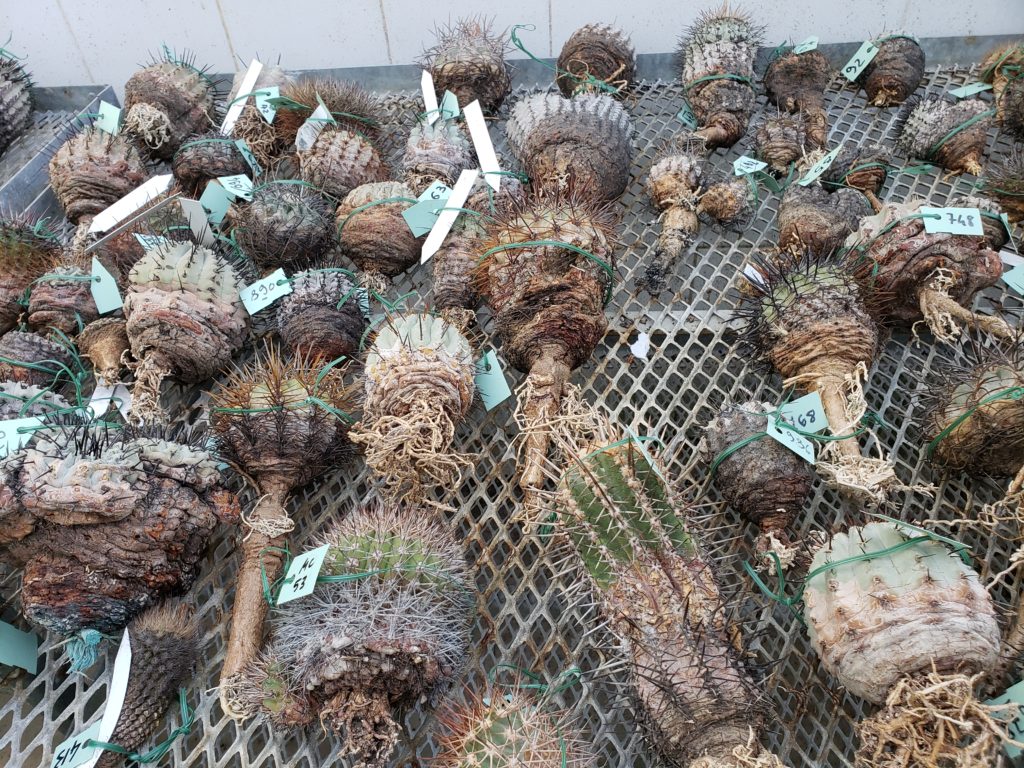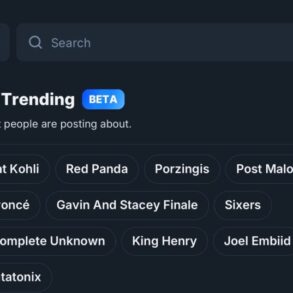A group of cacti species native to a remote Chilean desert has been poached to near extinction, thanks in part to social media crazes continents away.
According to a new report from the International Union for Conservation of Nature, 82 percent of copiapoa cacti species, native to the Atacama Desert in Chile, are now at risk of extinction — up from 55 percent in 2013. This climbing risk has been driven largely by an increase in poaching and illegal trade “facilitated by social media,” the report says.
READ MORE: Mining company can’t tap water needed for Okefenokee wildlife refuge, U.S. says
Bárbara Goettsch, co-chair of the IUCN SSC Cactus and Succulent Plant Specialist Group, explained that copiapoa cacti have become favorites of specialist collectors in Europe and popular status symbols in Asia, serving as decorative display pieces for the wealthy. Illegal collectors switched their focus from North American to South American species in the last 10 years, she says.
“It’s heartbreaking because they’re such long-living plants,” Goettsch said, noting that copiapoa cacti can live for centuries in the wild. “Someone just comes and takes them out, and it’s gonna end up in someone’s living room and probably die in a couple of years.”
In its findings released on Thursday, IUCN also named habitat destruction and climate change as contributing factors to the decline of copiapoa cacti and noted that increased infrastructural development has given poachers greater access to the desert where they grow.
Though IUCN has been battling the illegal cacti trade for decades, Goettsch says poaching has become “more prevalent” in the last few years. Copiapoa cacti last made headlines in 2020 when more than 1,000 illegally harvested copiapoa and eriosyce cacti were discovered in Italy as a part of a law enforcement action called Operation Atacama. Goettsch linked the rise of poaching to the greater access to illegally harvested plants that social media platforms and e-commerce sites like Instagram and eBay provide.
“Social media has definitely played a very important role,” she said, noting that sometimes poachers post videos so that potential buyers can choose plants from the field – something they were not able to do 20 years ago.
According to Goettsch, the lack of online regulation has allowed poachers to operate with anonymity and little to no accountability. IUCN’s Cactus and Succulent Plants Specialist Group, in tandem with other specialist groups, reached out to Instagram to warn about illegal plant trading on its site but got no response, according to Goettsch.
“We wrote a letter because we know to trade with certain fauna, it’s illegal on some of the platforms, but not plants,” Goettsch said. “So we wanted to have a conversation with [Instagram] and make them aware of that issue and what was happening, but it was not possible for us to get to anybody.”
Instagram did not respond to emails from PBS News requesting comment.
‘Cascading’ ecological damage

Poached copiapoa cacti, distinguished by their grayish hue, recovered at the quarantine center of Servicio Agricola Ganadero de Chile. Photo by Pablo C. Guerrero/International Union for Conservation of Nature.
The loss of one of the few plant species native to the Atacama Desert could have devastating effects on the many organisms that depend on it to survive.
In a region known as the driest place on Earth, “these plants play a very important role in the environment,” Goettsch said. “There’s a lot of insects that feed on the nectar of the plants.”
The potential extinction of copiapoa cacti is especially alarming due to their slow-growing nature, she said.
“Sometimes they can be poaching a plant that is 300 years old or 500 years old,” Goettsch said. “And because of the really harsh conditions [where the plants] live, the rate at which they renew their population — that is like the success rate of the new plant — is really low.”
The slow growth of these cacti, in addition to their “spectacular spines,” is what makes them especially desirable to collectors, said Jared Margulies, assistant professor of political ecology at University of Alabama and author of “The Cactus Hunters: Desire and Extinction in the Illicit Succulent Trade.” He explained that this appeal leads poachers to steal fully matured plants.
WATCH: Conservationists take drastic measures to save coral reefs from climate change
Educational intervention is key to changing consumer patterns, Margulies said, especially for people who may not be aware of the environmental damage that plant poaching can cause.
“We also need to work on cultures of collecting where people want to fast track obtaining mature, large specimens of these species, and that’s part of what drives people towards purchasing plants that have been illegally harvested,” Margulies said.
There is one easy way to tell if copiapoa cacti have been poached or sustainably grown in a greenhouse, according to Pablo Guerrero, member of the IUCN SSC Cactus and Succulent Plant Specialist Group.
“Poached copiapoa have a gray tone and are coated in a dusty-looking bloom that protects the plants in one of the driest deserts on Earth, whereas cultivated plants appear greener,” Guerrero said.
With other succulent species of succulents threatened by illegal plant trade, such as the conophytums species in South Africa and dudleya succulents in California, IUCN is advocating for more sustainable practices, like artificial greenhouse propagation, to meet increased market demand, as well as the designation of natural habitats as protected spaces.
Margulies urged people to stop viewing cacti solely as commodities for collection and instead consider the important role they play in the ecological interdependence between many species.
“Even though we tend to put these plants in individual pots and grow them, appreciate them as their own individual organisms. They’re relational entities, and when we take them out of those contexts, the impacts are cascading,” he said.



